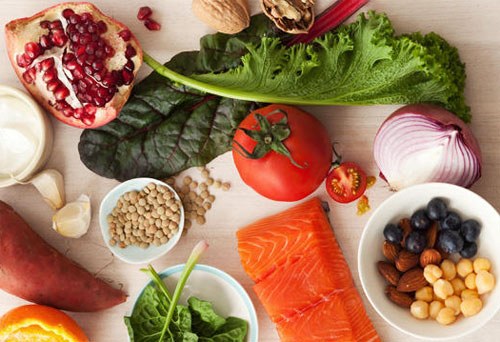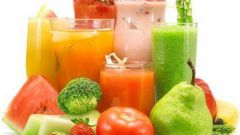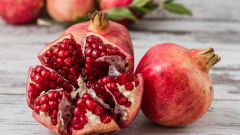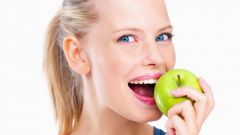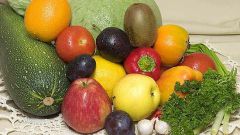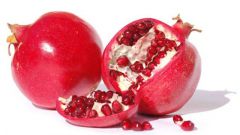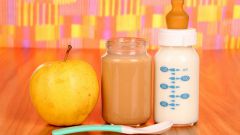Instruction
1
When composing a diet for increasing hemoglobin levels, note that the diet should contain enough iron. Calculate the required consumption of this item, based on your daily needs. She is in children under 5 years 10 mg, 6 to 13 years — 15 mg, in adults 18 mg, pregnant and lactating women — 20 mg. In food products share of organic and inorganic iron.
Among foods rich in organic iron, in the first place are animal proteins. Its content based on 100 g of product: veal liver — 7 mg, pork kidney, 6 mg, meat of beef, mutton and horse meat — up to 4 mg. per 100 g fish, chicken, rabbit meat and fish caviar contains up to 2 mg of iron. Most iron-containing products are considered to be clams, 100 grams contains up to 30 g.
Among foods rich in organic iron, in the first place are animal proteins. Its content based on 100 g of product: veal liver — 7 mg, pork kidney, 6 mg, meat of beef, mutton and horse meat — up to 4 mg. per 100 g fish, chicken, rabbit meat and fish caviar contains up to 2 mg of iron. Most iron-containing products are considered to be clams, 100 grams contains up to 30 g.
2
The diet should be the foods that contain inorganic iron. It is present in persimmons, figs and spinach in an amount of 2-3 mg per 100 g In radish, beet, watermelon, pomegranate and black currant 1-2 mg per 100 g of product. To 1 mg of this element contain 100 g of potatoes, green onions, and bread flour.
For the full assimilation of this element from foods, take sufficient amount of ascorbic acid is the second important component of a diet aimed at raising the level of hemoglobin.
For the full assimilation of this element from foods, take sufficient amount of ascorbic acid is the second important component of a diet aimed at raising the level of hemoglobin.
3
The number of required daily vitamin C count, based on the recommended daily dose. For men it is 90 mg and for women 75 mg. If you smoke, increase this figure by 35 mg. in the calculation take into consideration the fact that the use of certain medications. Hormonal contraceptives, aspirin and alcohol decrease the absorption of ascorbic acid, therefore, increase the number of foods in your diet that are rich in this vitamin. Learn also that during heat treatment, the amount of the food is greatly reduced.
A leader in content of vitamin C — rose hips, 100 g of it contains 650 mg of this element. On the second place red peppers, sea buckthorn and black currant, 200 mg per 100 g of product. Green pepper, parsley and fennel — 100 mg per 100 g of fresh cabbage and citrus — up to 70 mg per 100 g
A leader in content of vitamin C — rose hips, 100 g of it contains 650 mg of this element. On the second place red peppers, sea buckthorn and black currant, 200 mg per 100 g of product. Green pepper, parsley and fennel — 100 mg per 100 g of fresh cabbage and citrus — up to 70 mg per 100 g
4
The third component of a diet aimed at increasing hemoglobin, it is vitamin b 12. It is not synthesized by plants and animals, only bacteria. Man gets it from the animal products in which he has accumulated by microorganisms, mainly from meat, liver and dairy products. The daily requirement for adults is 3 mg, in children and adolescents from 0.3 to 1 µg. When calculating your diet, focus on the content of the 12 products: in 100 g beef — 3 mg, in the cheese of firm grades of up to 2 µg in the low-fat cottage cheese — up to 1 mcg.
When preparing your diet be aware of the fact that vitamin B12 is resistant to heat treatment, with the exception of dairy products. When sterilizing the contents of cyanocobalamin in them is reduced to 30% from baseline.
When preparing your diet be aware of the fact that vitamin B12 is resistant to heat treatment, with the exception of dairy products. When sterilizing the contents of cyanocobalamin in them is reduced to 30% from baseline.
